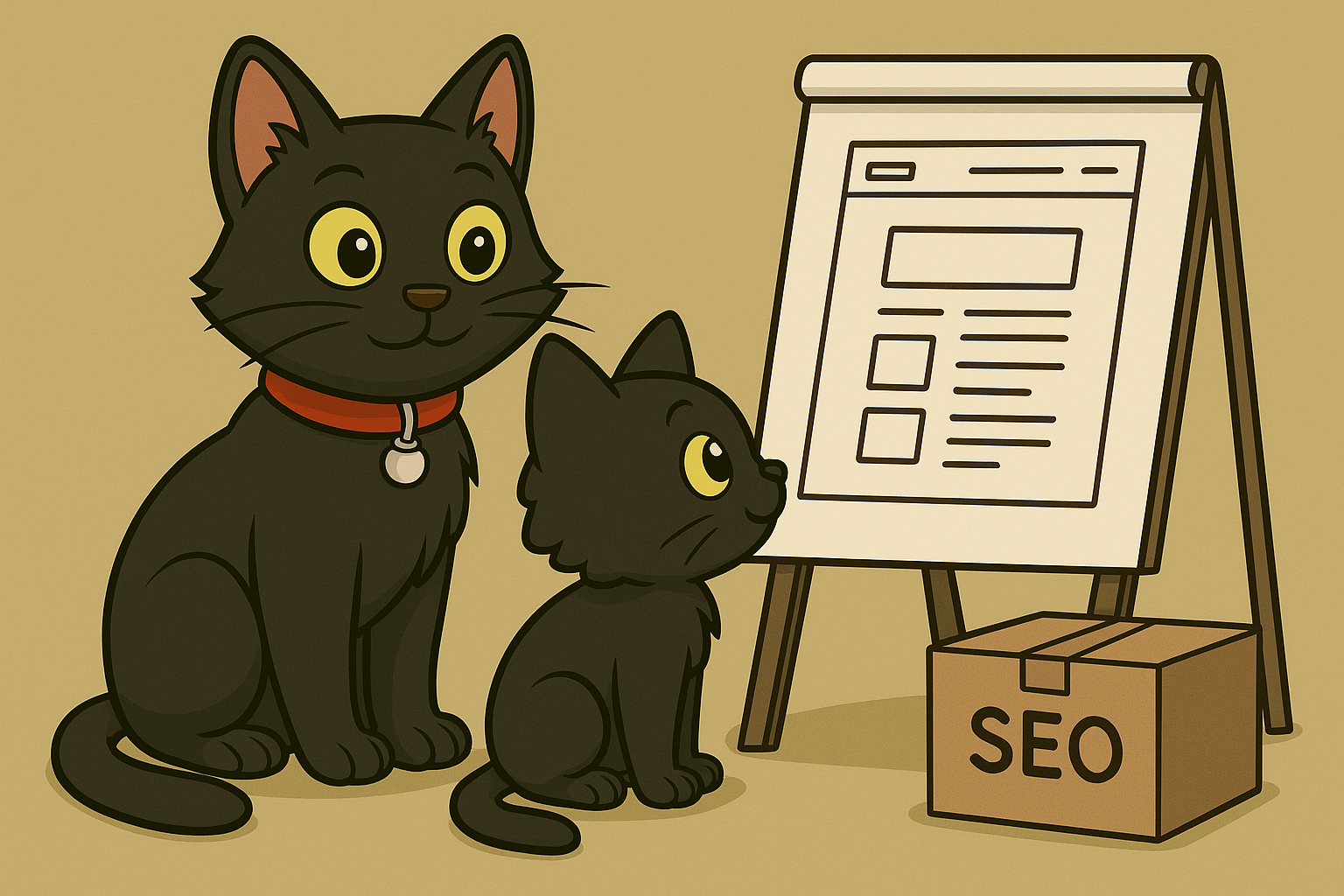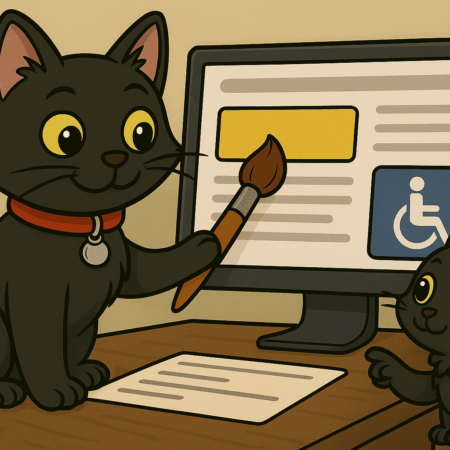There’s a persistent myth in the world of web design: that SEO — search engine optimisation — is something you bolt on afterwards. A few meta tags, a blog post here or there, and a keyword or two sprinkled for luck. But in truth, SEO isn’t an accessory. It’s part of the structure, the design, and even the soul of your website.
The False Divide: Design vs. SEO
Too many web designers still say, “I just build websites. The technical stuff like SEO and content comes later.” But that mindset is as outdated as static pages and dial-up tones.
A well-built site isn’t just about how it looks — it’s about how it functions, how it performs, and how it communicates. Every technical decision you make, from server speed to layout, plays a role in how both people and search engines experience your site.
- Header tags (H1, H2, H3) aren’t optional formatting; they define the hierarchy of your content, helping users navigate and allowing search engines to understand what matters.
- Mobile-first design isn’t just a style choice; it’s an accessibility and performance principle that improves engagement across every device.
- Server performance affects page speed, which directly impacts ranking and user retention.
- Content structure and readability influence whether visitors stay or click away.
SEO isn’t something you add — it’s something you build into every layer of a well-made site.
Creating for People and Search Engines
There’s another popular saying that needs a rethink: “Create for people, not search engines.”
At face value, it sounds noble — and it’s true that keyword-stuffing and manipulation don’t work anymore. But good SEO isn’t about tricking algorithms; it’s about making the web better for humans.
Every major search engine, from Google to Bing, repeats the same message: design for user experience. That means fast load times, clear navigation, descriptive text, and accessible media. When you do that, your site naturally performs better in search results.
Good SEO is simply good web design done with empathy and purpose.
Why Simplicity Matters in the Age of AI
The landscape has changed again. Large Language Models (LLMs) — the kind of technology behind AI assistants and search engines — now crawl and interpret web content too.
But LLMs can’t make sense of complex, decorative layouts or hidden text buried under layers of code. They thrive on clarity, structure, and clean language. Ironically, so do human visitors.
So the same principles that make your content understandable to AI — readable text, clear headings, meaningful alt tags, and logical flow — are exactly what make it better for people.
Accessibility Is Not Optional
Accessibility used to be seen as a technical consideration. Now it’s a social and ethical one, and a legal requirement.
When your website uses high-contrast colours, legible fonts, and descriptive alt text, you’re not just ticking boxes — you’re making your content available to more people. That’s not “optimisation,” that’s inclusion.
A visually impaired user relying on a screen reader, or someone on a slow connection, deserves the same experience as everyone else. And once again, those same accessibility measures improve SEO:
- Alt tags help screen readers and search engines understand images.
- Clear language and structured headings improve comprehension and indexing.
- Fast, light pages make browsing easier for all.
Accessibility is not a burden; it’s good design.
SEO, Design, and Humanity
SEO and design aren’t rivals. They’re partners with a shared goal: to make websites discoverable, usable, and meaningful.
A fast, readable, accessible, and logically built site isn’t “optimised for search engines” — it’s optimised for people. And when you do what’s right for people, search engines simply follow suit.
In other words, SEO isn’t an add-on, an afterthought, or a technical checkbox. It’s the modern language of good design — and it speaks to everyone.










